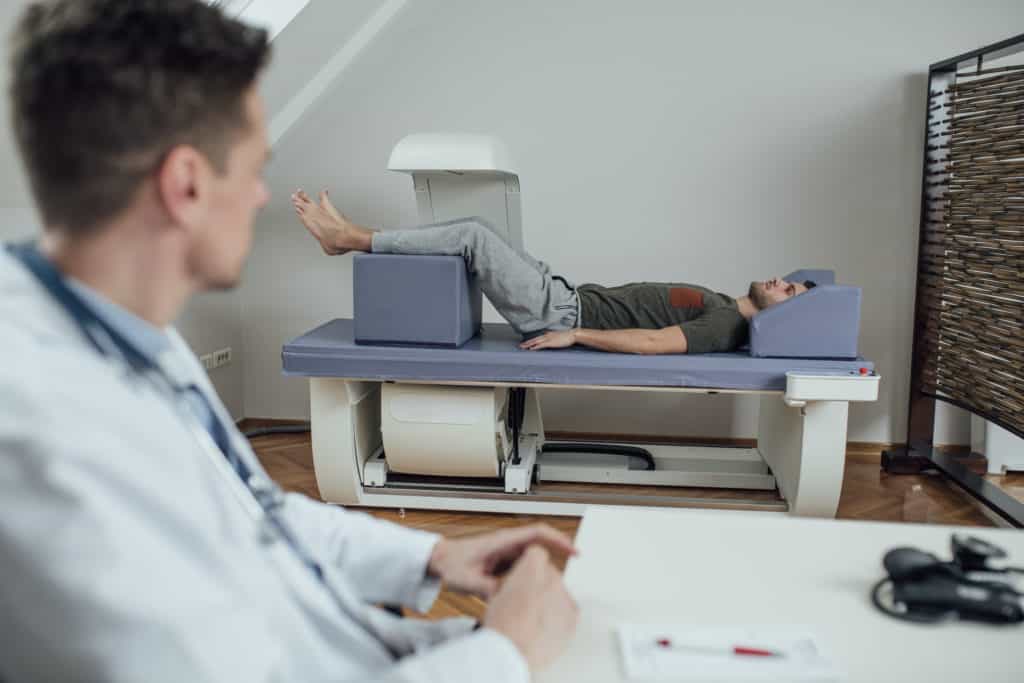Nicotine is a chemical that contains nitrogen, which is made by several types of plants, including the tobacco plant. It is also produced synthetically. Nicotiana tabacum, the type of nicotine found in tobacco plants, comes from the nightshade family. Red peppers, eggplant, tomatoes, and potatoes are examples of the nightshade family.
While not cancer-causing or excessively harmful on its own, nicotine is heavily addictive and exposes people to the extremely harmful effects of tobacco dependency. Smoking is the most common preventable cause of death in the UK.
Nicotine facts:
- Nicotine is highly addictive; studies show that it is at least as difficult to give up as heroin.
- The side effects of nicotine can affect the heart, hormones, and gastrointestinal system.
- It has been reported that nicotine can have a positive impact on concentration levels.
- There are more than one billion tobacco smokers worldwide.
History
- It is not known how tobacco first reached Europe. However, Christopher Columbus is often thought to have discovered tobacco while exploring the Americas for the first time.
- The tobacco industry grew throughout the 1700s, and exploded in 1880 when a machine was first patented to mass-produce paper cigarettes. From then on, cigarettes became much easier to produce, and this saw in the dawn of the major tobacco corporations.
- Tobacco was first used as an insecticide in 1763.
- In 1828, Wilhelm Heinrich Posselt, a doctor, and Karl Ludwig Reinmann, a chemist, both from Germany, first isolated nicotine from the tobacco and identified it as a poison.
- By the end of the 19th century, lawmakers had begun to realize the harmful effects of nicotine. Laws were passed banning retailers from selling nicotine to minors thereafter.
- It was not until 1964 that the Surgeon General of the U.S. published a study linking smoking with heart disease and lung cancer.
Effects
- Nicotine is both a sedative and a stimulant.
- When a body is exposed to nicotine, the individual experiences a “kick.” This is partly caused by nicotine stimulating the adrenal glands, which results in the release of adrenaline.
- This surge of adrenaline stimulates the body. There is an immediate release of glucose, as well as an increase in heart rate, breathing activity, and blood pressure.
- Nicotine also makes the pancreas produce less insulin, causing a slight increase in blood sugar or glucose.
- Indirectly, nicotine causes the release of dopamine in the pleasure and motivation areas of the brain. A similar effect occurs when people take heroin or cocaine. The drug user experiences a pleasurable sensation.
- As users become more tolerant to nicotine, they require higher doses to enjoy the same effects.
- Dopamine is a brain chemical that affects emotions, movements, and sensations of pleasure and pain. If your brain dopamine levels rise, the feeling of contentment is higher.
- Depending on the dose of nicotine taken and the individual’s nervous system arousal, nicotine can also act as a sedative.
Reported benefits of nicotine:
- Consuming nicotine is also linked to raised alertness, euphoria, and a sensation of being relaxed.
- Concentration and memory
- Studies have shown that nicotine appears to improve memory and concentration. It is thought that this is due to an increase in acetylcholine and norepinephrine. Norepinephrine also increases the sensation of wakefulness, or arousal.
- Reduced anxiety
- Nicotine results in increased levels of beta-endorphin, which reduces anxiety.
- Nicotine is highly addictive.
Side effects
Nicotine causes a wide range of side effects in most organs and systems. The circulation of the blood can be affected in the following ways: an increased clotting tendency, leading to a risk of harmful blood clots, atherosclerosis in which plaque forms on the artery wall, enlargement of the aorta
Side effects in the brain include:
- Dizziness and lightheadedness
- Irregular and disturbed sleep
- Bad dreams and nightmares
- Possible blood restriction
Side effects In the gastrointestinal system include:
- Nausea and vomiting
- Dry mouth, or xerostomia
- Indigestion
- Peptic ulcers
- Diarrhoea
- Heartburn
The heart can experience the following after taking in nicotine:
- Changes in heart rate and rhythm
- An increase in blood pressure
- Constrictions and diseases of the coronary artery
- An increased risk of stroke
What are the dangerous chemicals in E-liquid use in E-cigarettes?
- Diacetyl: This food additive, used to deepen e-cigarette flavours, is known to damage small passageways in the lungs.
- Formaldehyde: This toxic chemical can cause lung disease and contribute to heart disease.
- Acrolein: Most often used as a weed killer, this chemical can also damage lungs.
What other health complications can be promoted by vaping?
‘Popcorn lung’ otherwise known as bronchiolitis obliterans, is an inflammatory obstruction of the lung’s tiniest airways which are called bronchioles. The bronchioles become damaged and inflamed by chemical particles or respiratory infections leading to extensive scarring that blocks the airways. The chemical which causes popcorn lung is Diacetyl which is present in most e-cig liquids.
There have also been cases of Lipoid Pneumonia amongst e-cig users- this condition is caused when fat or oil gets onto the lungs and the air sacs become inflamed, causing them to fill with fluid. As E-liquids can contain oils – vaping has been linked to some Lipoid Pneumonia cases.
Primary spontaneous pneumothorax, otherwise known as a collapsed lung, is an abnormal accumulation of air in the space between the lungs and the chest cavity that can result in the collapse of a lung, it can also happen when air blisters on the top of the lungs rupture and create tiny tears- the blisters caused by the accumulation of air space do not usually cause symptoms and you wouldn’t know you had them unless they ruptured- smoking and now vaping, are associated with an increased risk of bursting these blisters, leading to lung collapse.
Vaping and lung cancer
The World Health Organisation have labelled e-cigarettes “undoubtedly harmful” and have recommended that they should not be used, and at the very least be heavily regulated. E-liquid has been found to contain formaldehyde and toluene, as well as nitrosamines, all of which, are carcinogenic.
We will never know the damage of newly introduced cancer and disease ‘risk factors’ until they have had time to be monitored and tested, in which case, by that time it may be too late for people who have already experienced serious illness from vaping.
If you are concerned about the effects that smoking may have, or may have already had on your lungs, respiratory system, or your overall health, the safest option is to undergo a Preventative Health Assessment. Health Assessments are the one and only way to get in the know about your own body before it is too late, or before symptoms start to occur. The earlier disease or cancer is detected, the higher your chance of survival.
CT scanning is the most sensitive means of detecting lung cancers and our experienced specialist chest radiologists, have detected cancers as small as 1-2 mm. Our early discovery of cancer or disease in your body could save your life.
To learn more about the types of scans and assessments we offer visit: https://wordpress-324644-1992040.cloudwaysapps.com/individual-services/packages-and-prices/
Sources
NHS- What are the health risks of smoking?
Insider- The history of vaping
Euromonitor- Smokeless tobacco and vapour products
Vice- JUUL exploded for a reason
Heart.org- How nicotine affects the body
John Hopkins Medicine- What does vaping do to your lungs?






